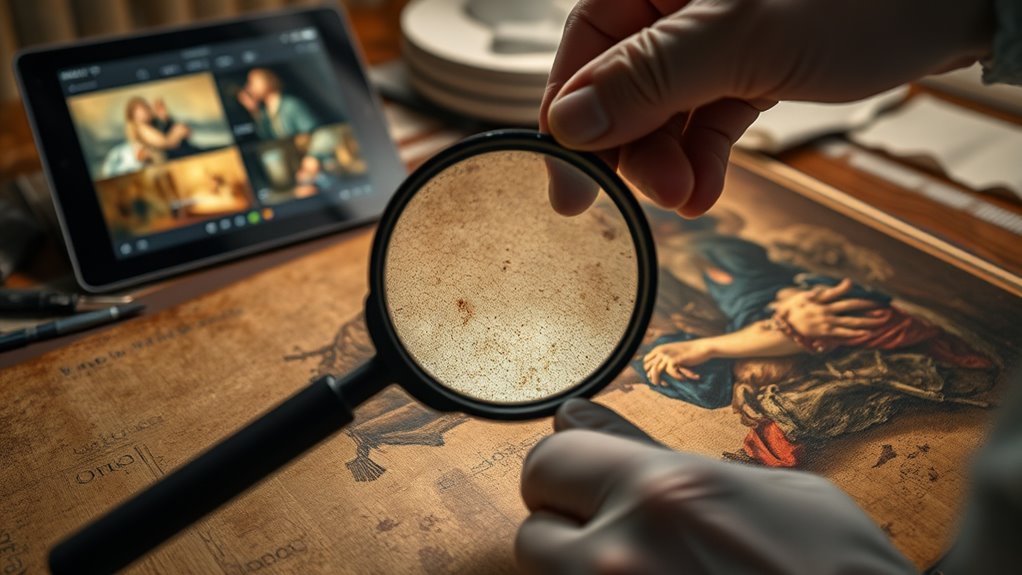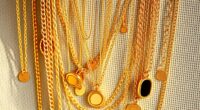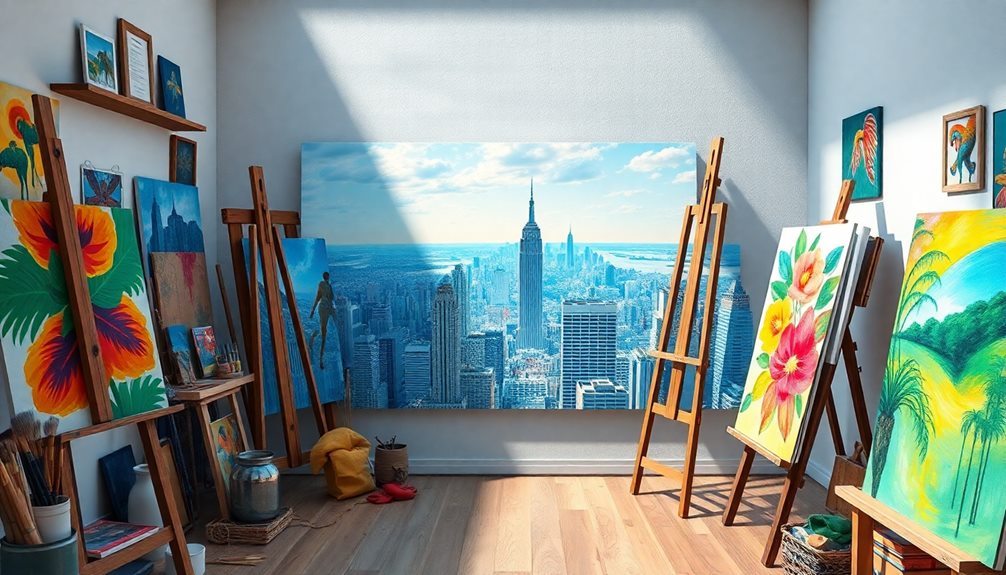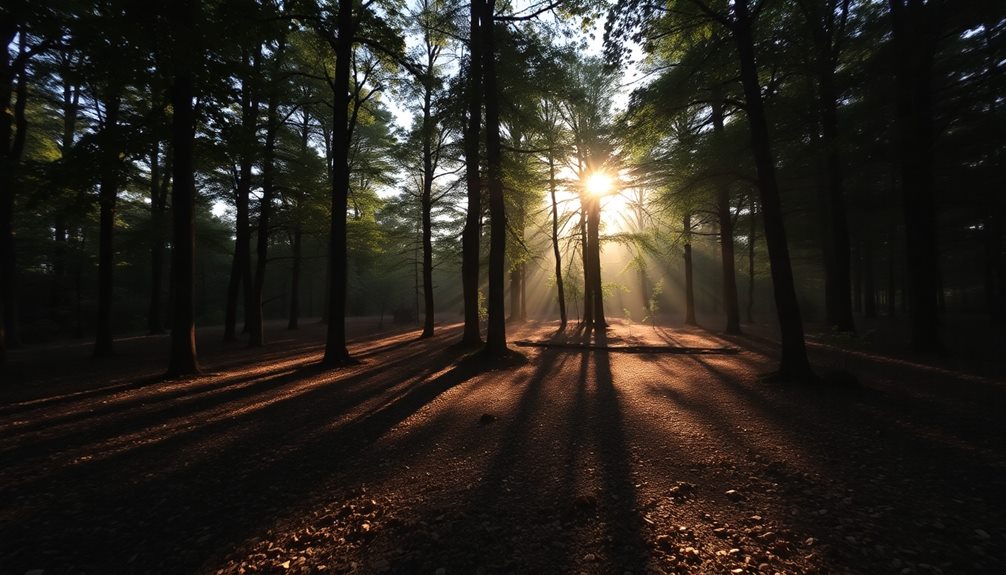To verify artwork authenticity, experts combine scientific analysis and provenance research. They examine materials using tools like infrared imaging and X-ray fluorescence to check if they match the period and artist. At the same time, they trace the artwork’s ownership history, looking for inconsistencies or gaps that could signal a forgery. By blending these methods, they guarantee a thorough evaluation. Keep exploring to discover more about how experts uncover the truth behind artworks.
Key Takeaways
- Experts conduct scientific tests like pigment analysis, infrared imaging, and DNA testing to verify materials and techniques match the artist’s period.
- Provenance research traces ownership history, confirming legitimate origin and identifying suspicious gaps or inconsistencies.
- Combining scientific evidence with historical context ensures a comprehensive assessment of authenticity.
- Indicators such as incompatible pigments or unusual ownership records help identify potential forgeries.
- Expert judgment balances objective scientific data with visual appraisal and contextual knowledge for final authentication.

Have you ever wondered how experts determine whether a piece of art is genuine? It’s a meticulous process that combines various investigative techniques, with forensic analysis and provenance research playing central roles. When someone questions the authenticity of a painting or sculpture, professionals don’t rely solely on their eye for detail; they employ scientific methods and historical documentation to uncover the truth. Forensic analysis involves examining the artwork at a microscopic level to identify materials, pigments, and techniques that match the artist’s known methods. By analyzing paint layers, canvas fibers, or paper composition, experts can detect inconsistencies or signs of forgery. For example, if a supposed Van Gogh contains pigments that weren’t available during his lifetime, it’s a red flag. This scientific scrutiny adds an objective layer of verification that complements visual appraisal.
Provenance research, on the other hand, traces the artwork’s history of ownership and origin. It’s like building a detailed biography for the piece, digging through auction records, gallery inventories, and previous sales. A well-documented provenance can establish a clear chain of custody, confirming that the artwork has a legitimate origin and hasn’t been stolen or forged. When provenance is incomplete or suspicious, it raises doubts about authenticity. Experts also look for inconsistencies, such as an artwork suddenly appearing on the market without any verifiable history or records that don’t align with the artist’s known timeline. Provenance research often uncovers hidden stories or previous ownership by notable collectors, which can substantially boost an artwork’s credibility.
Combining forensic analysis with provenance research provides an exhaustive approach to authentication. While scientific tests can reveal whether the materials are period-appropriate, provenance offers context and historical continuity. Together, they help establish not just whether an artwork is genuine but also its significance and value. As technology advances, new tools like infrared imaging, X-ray fluorescence, and DNA testing further refine these methods, making authentication more precise. Yet, the process still hinges on expert judgment, intuition, and meticulous research. If you’re ever involved in buying or selling art, understanding these methods helps you appreciate the delicate balance between science and history that determines authenticity. In the end, verifying art’s genuineness isn’t just about proof; it’s about uncovering the story behind the piece and ensuring its rightful place in art history.
Frequently Asked Questions
How Much Does Art Authentication Typically Cost?
You’re wondering about art authentication costs, and typical expenses can vary widely. Generally, professional authentication services might range from a few hundred to several thousand dollars, depending on the artwork’s value and complexity. High-profile or valuable pieces tend to incur higher fees, while less expensive works might cost less. Keep in mind, investing in proper verification helps protect your collection’s authenticity and worth, making it worthwhile despite the costs.
How Long Does the Authentication Process Usually Take?
Think of the authentication process as waiting for a bloom to fully open; it varies with each artwork. Typically, you can expect timing estimates ranging from a few weeks to several months, depending on the artwork’s complexity. Expert availability plays a key role, as busy seasons or specialized skills can extend the timeline. Patience guarantees thorough verification, safeguarding the piece’s true identity before it leaves the garden of authenticity.
Can Digital Forensics Authenticate Digital or Multimedia Art?
You can definitely use digital forensics to authenticate digital or multimedia art. Experts rely on digital signatures and multimedia verification techniques to confirm the artwork’s origin and integrity. These methods help detect any tampering or forgery, giving you confidence in the authenticity. Digital forensics provides a reliable way to verify digital files, ensuring that the artwork is genuine and original, just like traditional authentication methods do for physical pieces.
What Should I Do if My Artwork Is Deemed Inauthentic?
When your artwork is deemed inauthentic, it’s easy to feel disheartened, but you can explore restoration options to preserve its value. Start by gathering provenance documentation to establish its history and origins. You might consider consulting a professional conservator who can assess potential restoration or authentication methods. Remember, even a questioned piece can sometimes be restored or re-evaluated, turning uncertainty into an opportunity for new discovery and appreciation.
Are There Legal Risks Involved in Authenticating Artwork?
You should be aware that authenticating artwork can involve legal liabilities and ethical considerations. If you wrongly authenticate a piece, you might face lawsuits or damage your reputation. It’s vital to follow proper procedures and rely on expert opinions to minimize risks. Always guarantee your authentication process is transparent and well-documented, so you can defend your conclusions ethically and legally if questions arise later.
Conclusion
Remember, trusting an expert is like putting your faith in a lighthouse guiding you through fog. Using scientific tests, provenance, and keen eye for detail, they help you navigate the uncertain waters of art authentication. While no method is foolproof, combining these approaches guarantees you’re not sailing blind. Ultimately, patience and thoroughness are your best allies—because, as the saying goes, “A picture is worth a thousand words,” and authentic art speaks volumes.









